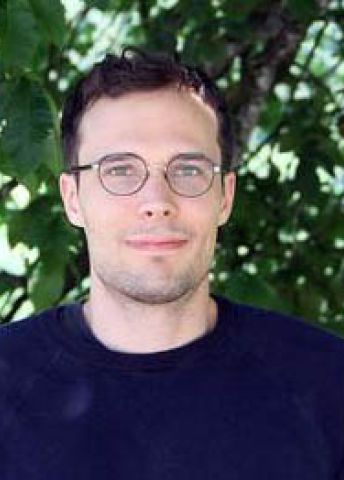
Program for mathematics 2020
Grant to a post-doctoral position abroad
Dag Nilsson
Lund University
Postdoc at
Saarland University, Saarbrücken, Germany
Grant to a post-doctoral position abroad
Dag Nilsson
Lund University
Postdoc at
Saarland University, Saarbrücken, Germany
Unruly waves get their solution
Dag Nilsson received his doctoral degree in mathematics from Lund University in 2018. Thanks to a grant from Knut and Alice Wallenberg Foundation, he will hold a postdoctoral position with Professor Mark Groves at Saarland University, Saarbrücken, Germany.
The world is filled with periodic phenomena: the sun rises every day; the new moon always occurs after 29.5 days; summer returns every year. Periodicity is also common in wave propagation. Equations to describe wave movement were formulated as long ago as the 18th century, but the difficulty is that wave propagation is often given by nonlinear partial differential equations, which are notoriously difficult to solve.
The aim of Dag Nilsson’s project is to prove that solutions exist for three specific equations in fluid dynamics. The first one describes hydroelastic waves that propagate on a thin ice sheet, the second describes doubly periodic waves over a rotational flow, and the third is from plasma physics and examines waves in a plasma (an electrically charged gas) enclosed in a torus-shaped magnetic field, such as in fusion reactors. The common challenge for all three cases is that the calculations run into problems with small denominators (or divisors), which wreck any chance of using common methods from non-linear analysis.
One way of approaching the problem of small divisors is to use the KAM theory, which is named after Kolmogorov, Arnold, and Moser, who developed techniques to manage the problem of small divisors in the 1960s. The theory originally dealt with the famous n-body problem in celestial mechanics, hoping to answer the question of whether a system with three or more celestial bodies that interact gravitationally is stable. This problem is usually solved by step-by-step approximations, and the KAM theory provides researchers with methods for controlling the small divisors that threaten to ruin their calculations. Using the KAM theory, Dag Nilsson’s project will demonstrate that the fluid equations can be solved.